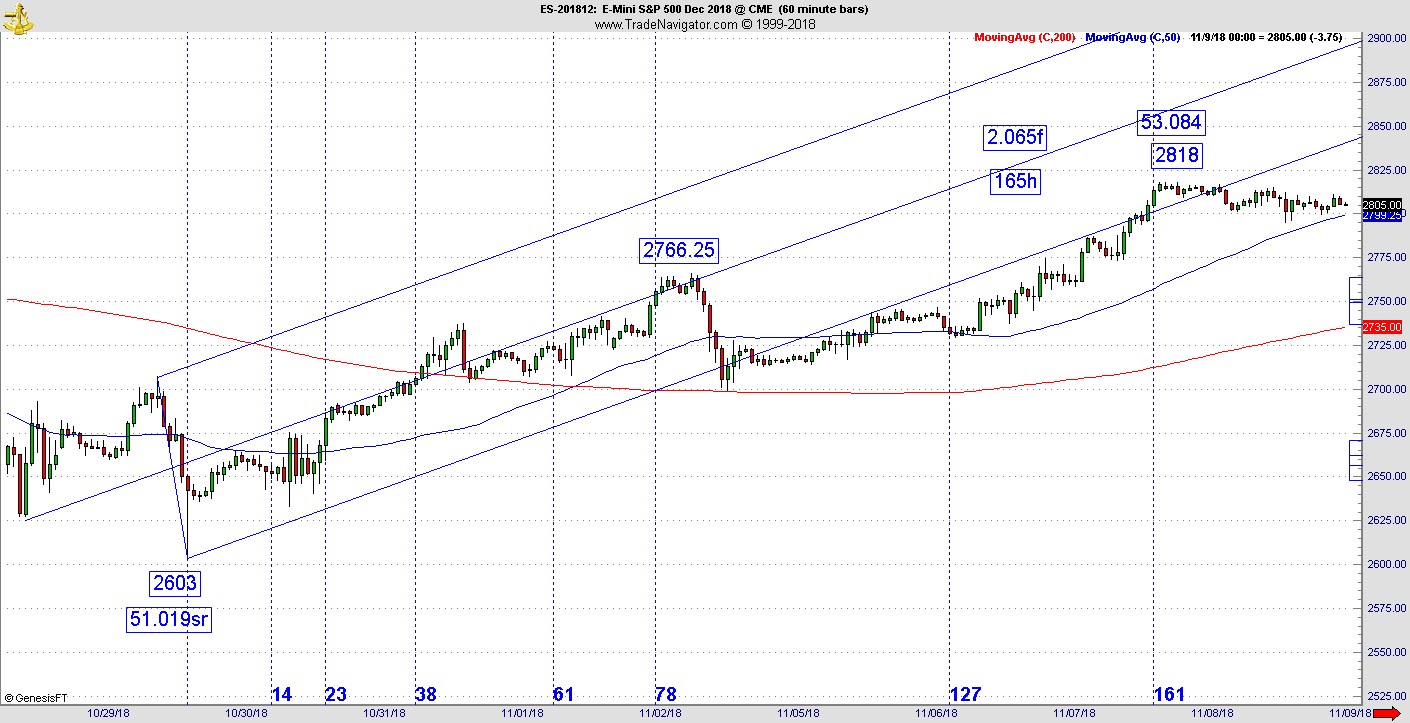To use a sports analogy, if the bull market is the regular season, the bear is most certainly the playoffs. The championship? That depends on you, writes Jeff Greenblatt Tuesday.
Ask yourself these questions. Were you able to identify the turn? Did you draw a line in the sand to put in stop losses to protect profits from the bull? Do you know that in a bull market, hope rises slowly, but in a bear, fear drops like a rock?
To win the championship what you’ll need to do is not lose money and even learn to profit when the price of stocks goes down. It sounds simple, but it’s easier said than done.
It was WD Gann who said it takes a trader two complete bull and bear markets to attain mastery. That doesn’t mean you shouldn’t participate. It means true courage translates to a person being willing to admit their weaknesses and get help.
There’s an old saying that rings true at the start of every bear. Pride comes before the fall. We are observing it now in more ways than one.
But as far as traders and investors are concerned, get help when you need it!
For investors, there are many good money managers.
For traders, the MoneyShow.com website is filled with great people who can help you navigate rough seas. In other words, if you haven’t been through two bull cycles and bear cycles, plug into someone who has. It sure beats contributing to the market black hole.
One of the first lessons I ever learned was fear drops like a rock. In my first bear experience back at the turn of the century I had a basket of put options on Amgen (AMGN) and Morgan Stanley (MS). My partner and I waited nearly three weeks for these stocks to drop.
The day they finally did, we were cheering like at the racetrack. Not knowing any better we closed out the position on one but not the other. You know how those panic selling days work. The first half of the day is a tremendous drop. Using present day numbers, the Dow (DJI) could be down 400 by halftime but even at the close.
That’s how quick short profits can evaporate.
The two biggest problems new traders encounter are the following.
For people who were trained in bear markets, the bull always comes to the ledge but never jumps. We’ve seen that a lot these past few years.
On the other hand, those trained in bulls believe the bear will drop the same amount of time as the bull. Consequently, they don’t manage the trade well and give back those hard-earned profits. Look what has happened since the turn of the century.
Internet bear down 32-33 months, next bull up 61 months. Financial crisis roughly 17 months, next bull phase roughly 26 months, correction of 2011 roughly 5 months. Next leg roughly 45 months into 2015. The correction into February 2016 roughly 8 months.
Do you see where I’m going with this? Using rough numbers through 2016 the market was in a bull phase 132 months while it was down 63 months. That means it goes up roughly twice as long as it goes down but cumulatively the market went down 32% of the time. I’ve seen studies where it has been said a bear phase in any time frame is roughly 38% of the real time activity.
The numbers suggest it doesn’t pay to get greedy on the bear side because the character of the drop is much shorter but more intense than the bull which has plenty of time on its side.
That could be why bull markets maintain complacency for as long as they do. Most participants are programmed to believe the bull has plenty of time remaining. Most of the time, they are right.
But as I told you last week, the markets are like the movie Eyes Wide Shut. The bull goes on, until it doesn’t.
Briefly, I wanted to share a strategy that will help you navigate through this bear market. This is from the rally in early November. It’s on the ES. As you can see, we have a pitchfork which is an excellent means of determining which way the trend is flowing. Here they continue to make new highs but there is a problem.

If a picture tells a thousand words, this is it. The original high in this sequence at 2766 is at the midline. The rest of the move up struggles to stay in the channel at all.
What’s the wild card? As usual it’s the time element. This chart peaks when time squares out with difference of the square roots from the low to the high. That’s called the factor. The factor is 2.065. The move up is roughly 165 hours. As you can see, the bull takes its time to get to its destination. By that time, many market participants have been lulled back into complacency.
But when price and time square out, the clock runs out.
Final note to aspiring bears: in a bear market surprises come to the downside.





















